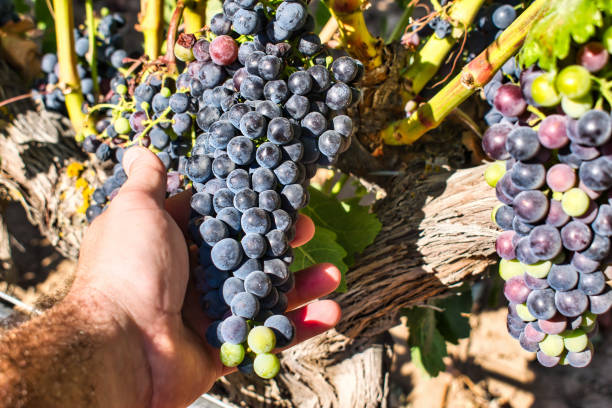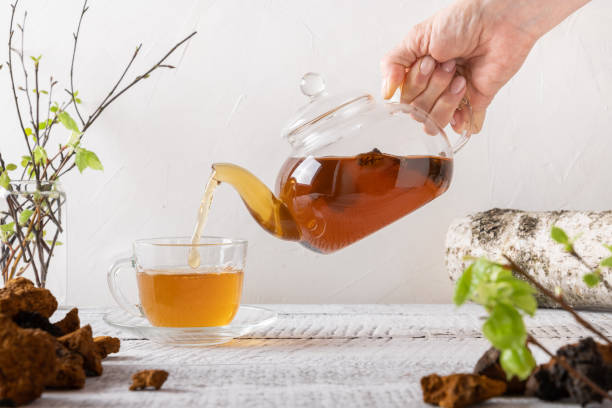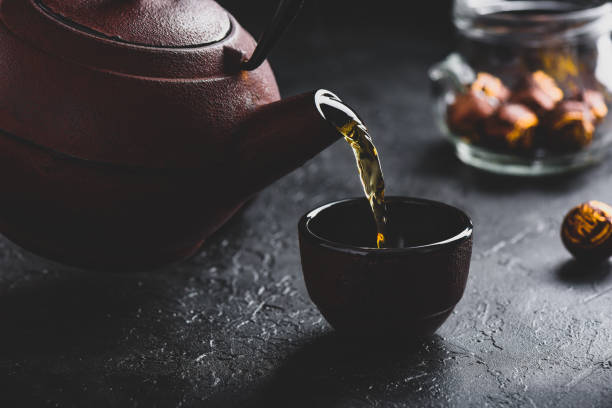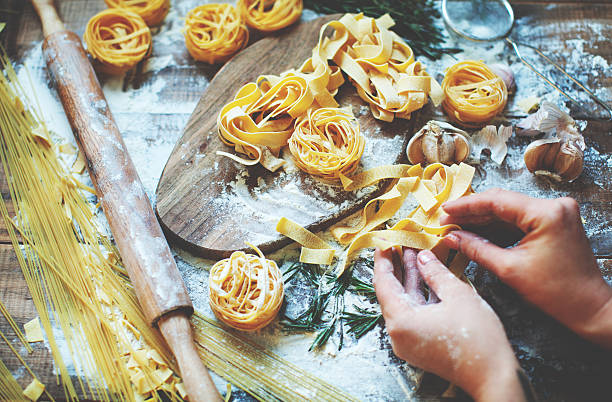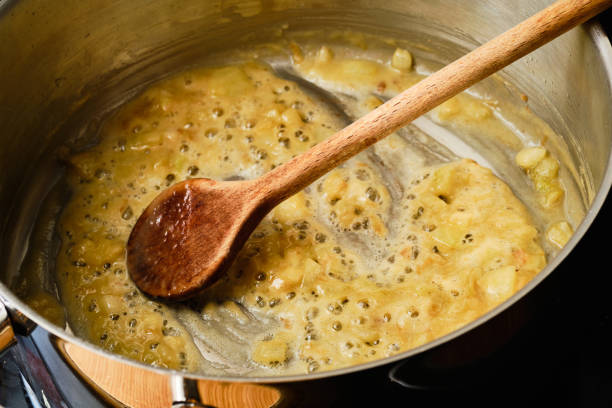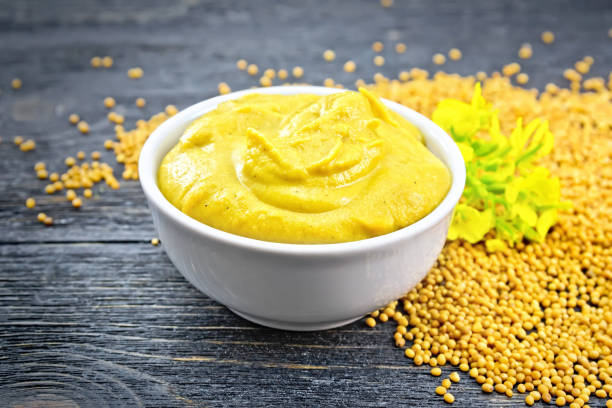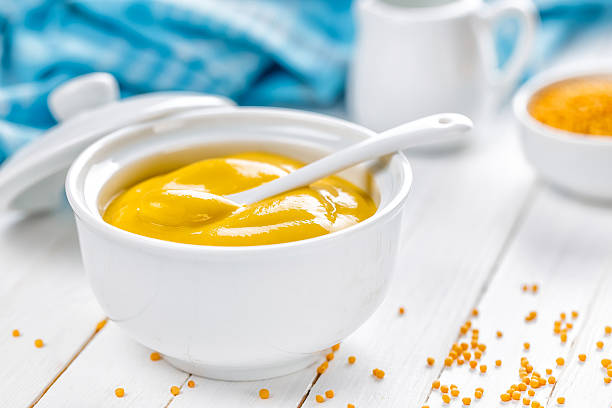Scones are a staple of tea time in the British Isles. But the delicious pastries can also be served with our Sunday coffee. We will therefore tell you how you can easily make scones yourself.
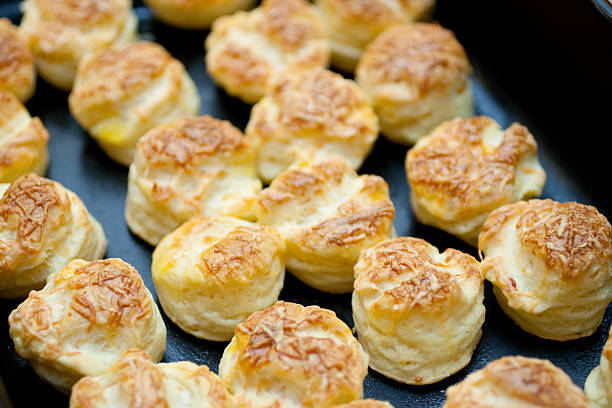
Anyone who has ever tried scones will have quickly noticed that the pastries have a very special consistency. This is due to the addition of eggs and sweet cream and the very gentle mixing of all the ingredients. Scones can be eaten on their own like cakes or biscuits, or – as in Britain and Ireland – eaten warm with butter, jam, honey, or clotted cream. Of course, sugar, flour, eggs, and cream don’t make scones easy. But our variant only has 160 calories per piece. You can have a snack on Sundays.
Make scones yourself: the ingredients
For 12 scones
- 150 grams of flour
- 100 g ground almonds
- 2 tablespoons sugar (40g)
- 1 packet of vanilla sugar
- 1 pinch of salt
- 3 tsp baking powder
- 50 g butter (at room temperature)
- 50g dried cranberries
- 50 ml milk (1.5% fat)
- 1 egg
Make scones yourself: Here’s how
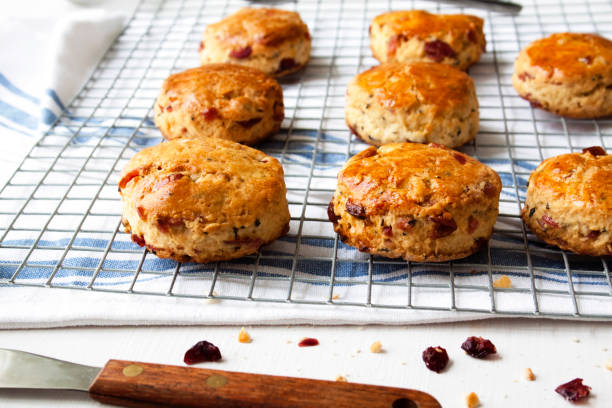
- Mix flour, almonds, sugar, vanilla sugar, salt, and baking powder in a bowl.
- Add soft butter in flakes and quickly rub everything into crumbles with your hands or use the dough hook of a hand mixer to make crumbles.
- Add the cranberries and milk to the crumbles and knead in as quickly as possible (the dough will become tough if kneaded for a long time). Chill the dough for 30 minutes.
- Sprinkle the work surface with flour and roll out the dough to a thickness of about 1.5 cm.
- Dip a ring cutter (5 cm Ø) in flour and cut out circles from the dough.
- Roll out the leftover dough again and cut it out the same way (there should be 12 circles of dough in total).
- Line a baking sheet with parchment paper and place the circles on it.
- Separate the egg. Whisk the egg yolk with 1 tablespoon of water in a small bowl, brush over the cakes and refrigerate for another 30 minutes. (Use the egg white for something else.)
- Bake in a preheated oven at 200 °C (convection: 180 °C, gas: level 3) on the 2nd shelf from the bottom for 15-17 minutes and leave to cool on a wire rack.
It’s tea time!


